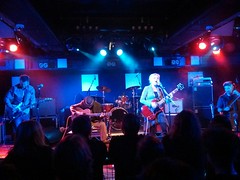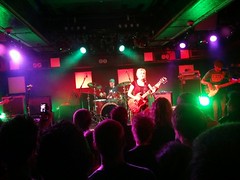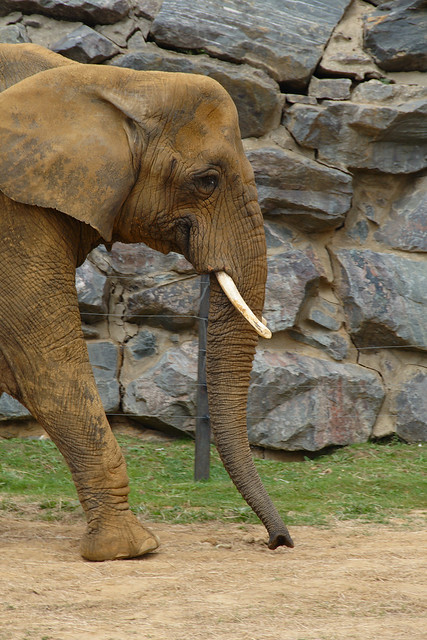This is an index and summary of the things I’ve talked about over the last month. Links for multi-post subjects go to the first post (even if it’s before this month), you can follow the internal navigation links from there. (TV shows without full posts will not be linked, but will be listed.)
Books
Fiction
“One-Eyed Jack” Elizabeth Bear. New book in the Promethean Age series, a return to the modern setting and a move to Las Vegas. New.
“Labyrinth” Kat Richardson. The fifth Harper Blaine book, urban fantasy/PI crossover. Library book.
Total: 2
Non-Fiction
“Plantagenet England 1225-1360” Michael Prestwich. Part of the New Oxford History of England.
Total:
Concerts
Tanya Donelly & Throwing Muses (Waterfront, Norwich 21 Sept 2014).
Total: 1
Photos
Total: 3
Radio
Sources of Early Chinese History. In Our Time episode about what the various sources are for early Chinese history.
Complexity. In Our Time episode about complexity and modelling complex systems.
Total: 2
Talks
“Mysteries of the Amarna Period Royal Tombs: The Kings’ Valley” Dylan Bickerstaffe. Talk given at the September EEG meeting.
Total: 1
Television
Fiction
Doctor Who: Robot of Sherwood.
Total: 5
Non-Fiction
The Boats that Built Britain – Tom Cunliffe sails six boats that were important in British history.
Bolsover Castle – an episode of the Secret Knowledge series, this one presented by Lucy Worsley. She talked about the castle’s first owners & builders, and the meanings of the decor & architecture. Only Worsley would match her gloves to the details on the castle 😉 A tad amateur in feel (I think this series often is), but rather good.
Britain’s Great War – Jeremy Paxman looking at what happened in Britain during WWI.
Egypt’s Lost Queens – Joann Fletcher talking about Hetepheres, Hatshepsut, Nefertari and Arsinoe.
Harlots, Housewives and Heroines: A 17th Century History for Girls – Lucy Worsley talking about late 17th Century British women.
John Bishop’s Australia – comedian cycles along the east coast of Australia 22 years after he first made the trip.
Lost Land of the Tiger – three part series about looking for tigers in Bhutan.
Operation Stonehenge: What Lies Beneath – two part series looking at the wider Stonehenge site and using modern non-invasive techniques to survey the area.
Out of Egypt – series presented by Kara Cooney looking at similarities and dissimilarities between a variety of ancient (and slightly less ancient) cultures using Ancient Egypt as her jumping off point.
The Real Noah’s Ark – part of the Secret History series, programme about a pre-Bible Akkadian Flood myth and the building of a replica ark based on the description in that.
Talk to the Animals – Lucy Cooke does a survey of animal communication.
Treasures Decoded – Channel 4 series looking at puzzles and potential solutions around some well known archaeological sites or artifacts.
Tropic of Capricorn – Simon Reeve travels round the world following the Tropic of Capricorn.
Wild China – series about Chinese wildlife & people.
Total: 14






